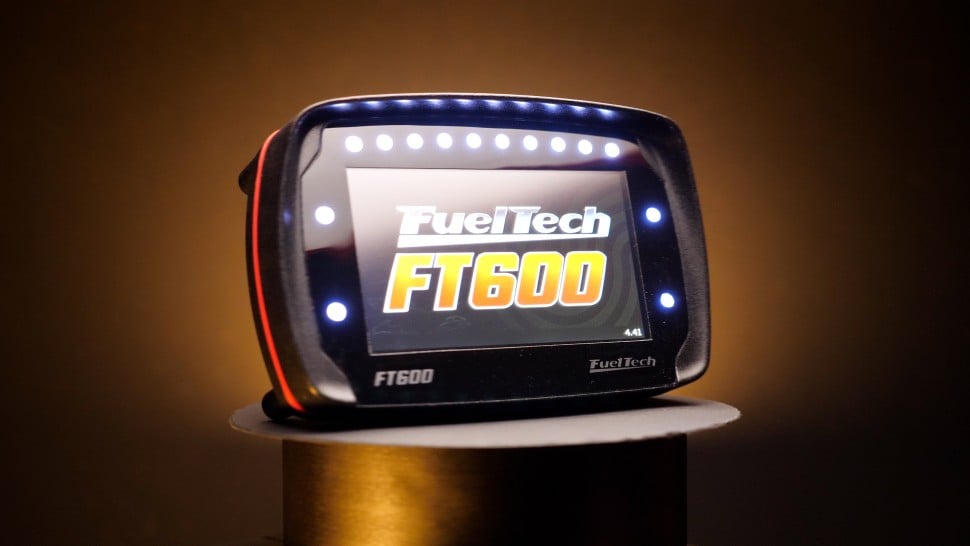| 00:00 |
Configuring the fuel system means telling the ECU about the size of the injectors fitted as well as how they should be operated.
|
| 00:07 |
We can do this in the PCLink software from the Fuel main menu.
|
| 00:13 |
The first selection we need to make is the injection mode which tells the ECU how to operate the injectors.
|
| 00:19 |
In our example we're going to use sequential injection where each injector is operated in time with the opening of the intake valves.
|
| 00:27 |
The next aspect is the fuel equation where it describes the background fuel equation the ECU uses to compensate fuel delivery for changes in manifold pressure.
|
| 00:37 |
For most engines using a single plenum and throttle body, load equals map is the best option.
|
| 00:44 |
Next we need to choose a master fuel pulse width which is used to adjust the overall fuel delivery.
|
| 00:51 |
The number here refers to the injector pulse width supplied with a number of 100 in the main fuel table at 100 kPa manifold pressure before any background compensations are applied.
|
| 01:04 |
We want to select this number to give us good resolution in the main fuel table.
|
| 01:08 |
The correct number will depend on the size of the injectors, the fuel pressure, and how much power we expect to make.
|
| 01:16 |
While you can calculate the likely pulse width using an estimate of engine VE, in the calculations we learned in the EFI fundamentals course, it really isn't necessary since we can tweak it later as we'll see.
|
| 01:29 |
I normally start with a master pulse width of around 10 to 12 and adjust this later once we have the engine running.
|
| 01:38 |
The Link G4 Plus also allows us to set the stoichiometric AFR of the fuel we're using.
|
| 01:44 |
Unless you're running on an alternative fuel we can leave this set to 14.7.
|
| 01:51 |
The next setting we need to adjust is the injector dead time table.
|
| 01:55 |
This table may also be referred to as injector battery compensation, or injector latency in other ECUs.
|
| 02:03 |
This table requires some detailed injector data so you can fill it in properly.
|
| 02:08 |
Fortunately, this data is available with most quality aftermarket injectors.
|
| 02:14 |
Once we have the fuel configuration complete, we can test the injector outputs.
|
| 02:20 |
Most ECUs provide a test output mode which can be used to drive an output and test that it's working correctly.
|
| 02:27 |
We can select each injector output individually, and confirm the injector is functioning.
|
| 02:33 |
While you're testing the injectors, you should be able to audibly hear the injector operating and you can isolate and confirm the correct injector is operating.
|
| 02:42 |
You can confirm this by unplugging the injector.
|
| 02:46 |
This is a great way to confirm the injectors have been wired in the correct firing order.
|
| 02:52 |
Now we can move on to the ignition system.
|





